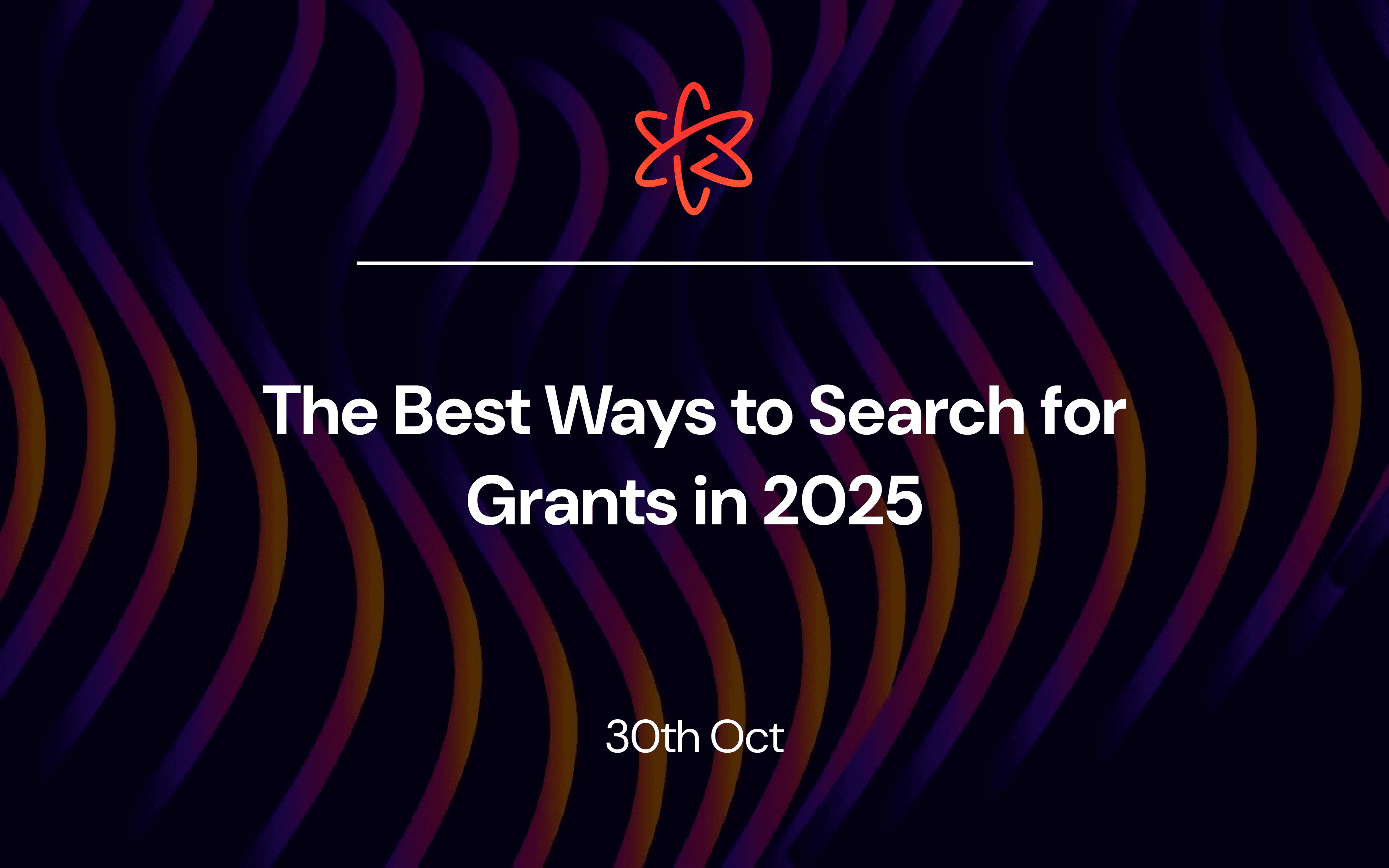October 30, 2025
The Best Ways to Search for Grants in 2025
Why AI-Driven Semantic Search Is Changing the Game

The Changing Landscape of Grant Search
In 2025, the grant discovery process looks very different from even a few years ago. The number of available programs has grown, and agencies are increasingly posting calls through open databases and dynamic portals rather than static PDFs.
For research strategy and development teams, the challenge isn’t access—it’s navigation. How do you find relevant, timely, and fundable opportunities in a sea of options?
Below, we break down three main approaches institutions are using this year—and what their strengths and weaknesses look like in practice.
1. Keyword-Based Grant Search Engines
(Examples: Google, Pivot-RP, SPIN, GrantForward)
Keyword-based systems are the traditional backbone of research funding searches. Users type in search terms like “cancer genomics” or “early-career humanities fellowship,” and the engine matches those terms to titles and abstracts in its database.
✅ Pros
- Familiar interface; easy to start using.
- Large coverage of public and private funders.
- Often integrated with university authentication systems.
⚠️ Cons
- Requires “perfect keywords.” If your search term doesn’t match the language in the call, you’ll miss relevant results.
- Boolean logic overload. Many platforms still rely on advanced operators (AND, OR, NOT), which can frustrate casual users.
- Limited context. Results are ranked by text overlap, not conceptual similarity, so interdisciplinary opportunities are often buried.
Bottom line: Keyword-based search works if you know exactly what you’re looking for—but fails when you’re exploring emerging areas or cross-disciplinary topics.
2. General AI Search Engines
(Examples: ChatGPT, Perplexity, Claude)
Large language models can generate surprisingly good funding leads if prompted correctly. Users can type conversational requests like “find NSF programs for postdocs in quantum computing” or “what NIH calls are open for cardiovascular imaging?”
✅ Pros
- Natural language interface—no need for Boolean logic.
- Good for brainstorming or learning what types of funding exist.
- Helpful for summarizing eligibility criteria and deadlines once you find a specific call.
⚠️ Cons
-
Incorrect information. These models are trained on internet snapshots, not live databases, so many results are expired or inaccurate.
-
Prompt sensitivity. The quality of results depends entirely on how you ask. For example:
- ❌ “Find me grants for biology.” → Too broad.
- ✅ “List current NIH or NSF funding opportunities for U.S. researchers working on microbiome-host interactions, with deadlines in 2025.”
-
No filtering by eligibility or institutional fit. LLMs don’t automatically know your PI’s status, country, or research focus.
Bottom line: AI chat engines can inspire ideas but should never be used as your primary funding database.
3. Atom Grants: AI-Powered, Eligibility-Aware Grant Search
(Purpose-built for research strategy and development teams)
Atom Grants combines the intelligence of AI with the precision of a curated, continuously updated grant database. Instead of keyword matching, it uses semantic search—the same technology that powers tools like Semantic Scholar and Scite—to understand meaning, not just words.
✅ Pros
- Trained only on live, verified funding opportunities. No expired calls, no noise.
- Understands intent. Whether you type “postdoctoral cancer imaging” or “AI-driven diagnostics,” the engine recognizes conceptual links.
- AI eligibility checking. Automatically screens opportunities based on investigator type, institution, and country—saving hours of manual vetting.
- Built for research administrators. Supports internal workflows for sharing, tagging, and tracking opportunities.
⚙️ How It Works
- Type a short description of your project or need (e.g., “seed funding for machine learning applications in agriculture”).
- Atom’s semantic model finds conceptually related programs across federal, foundation, and international sources.
- The system then applies AI-based filters to show only those you’re eligible for—ranked by relevance and deadline.
Bottom line: Atom Grants gives research offices a purpose-built, accurate, and eligibility-aware AI engine—without the pitfalls of expired data or guesswork prompting.
Final Thoughts
In 2025, research administrators face a serious challenge: more need to diversify funding than ever, but less time to interpret it. While keyword systems and general AI tools each have their place, purpose-built platforms like Atom Grants represent the next generation of funding intelligence—fast, transparent, and researcher-ready.